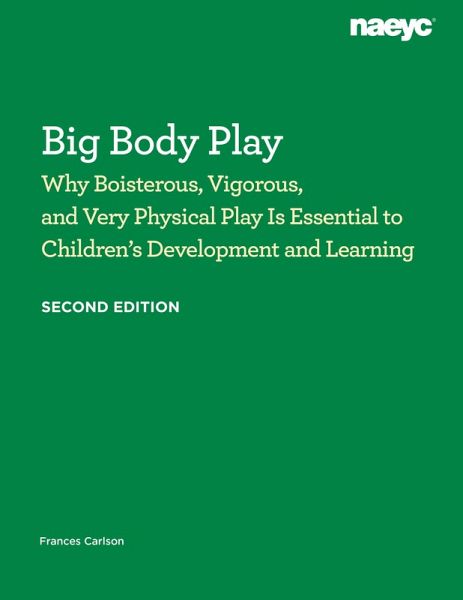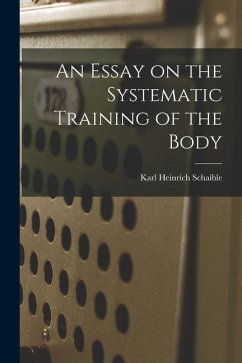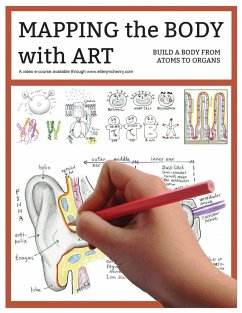
Big Body Play
Why Boisterous, Vigorous, and Very Physical Play Is Essential to Children's Development and Learning
Versandkostenfrei!
Erscheint vorauss. 30. Juni 2026
33,99 €
inkl. MwSt.
Children Need to Engage in Risky and Rowdy Play Big body play—the sometimes rowdy, always very physical running, rolling, climbing, tagging, jumping, grabbing, and wrestling that most children love and many adults try to shut down—can and should be an integral part of every early childhood setting. To develop to their full potential, children need to experience proper risks and challenges. When the risk in play is limited, play begins to be limited. And when we limit play, we limit learning. Drawing from evidence-based practice and the latest research, this book explains the multitude of b...
Children Need to Engage in Risky and Rowdy Play Big body play—the sometimes rowdy, always very physical running, rolling, climbing, tagging, jumping, grabbing, and wrestling that most children love and many adults try to shut down—can and should be an integral part of every early childhood setting. To develop to their full potential, children need to experience proper risks and challenges. When the risk in play is limited, play begins to be limited. And when we limit play, we limit learning. Drawing from evidence-based practice and the latest research, this book explains the multitude of benefits of big body play for young children's physical, cognitive, and social and emotional development. This updated and expanded second edition explains why big body play is a valid play style for young children and how it is supported by play theorists * Discusses the role that risk plays in child development and why big body play is such an excellent vehicle for said risk * Overviews the facts about big body play and dispels many myths and misperceptions about it * Acknowledges implicit and explicit biases against big body play and how to combat them * Explores the teacher's role in implementing big body play, including how to support prosocial behavior, set up boundaries and expectations, and create and maintain supportive environments indoors and out * Shows how to adapt big body play for all children, including information on supporting nonverbal language skills and children with disabilities and delays * Provides information on how to support nonverbal language skills, which in turn support children's big body play * Discusses how educators can work as a collaborative team to create and sustain a meaningful big body play program













